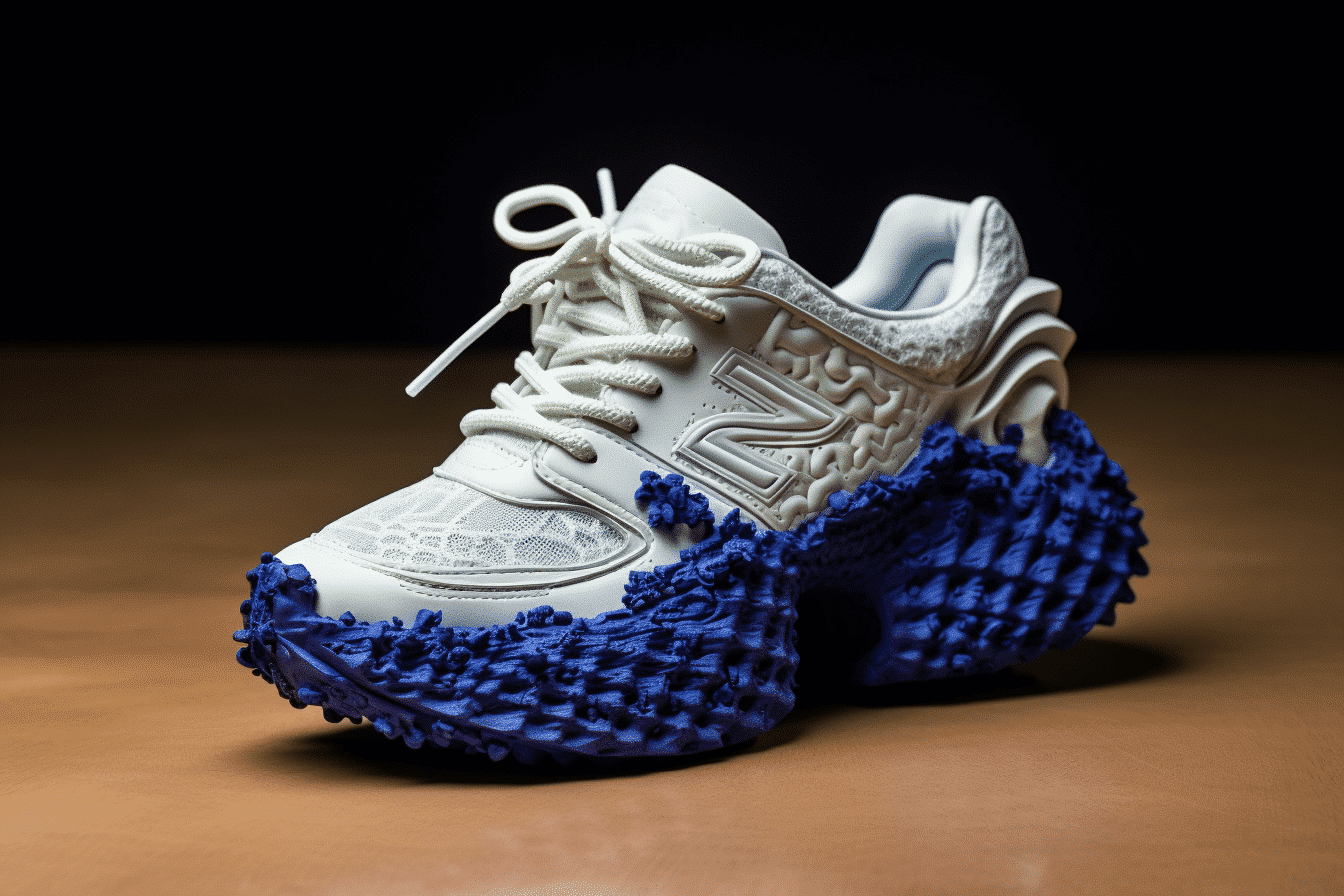Imagine assisting nature every time you go for a run. This concept birthed “Rewild the Run”, an innovative 3D-printed shoe outsole designed to fit over standard running shoes. Designed with tiny loops resembling hooks, these outsoles pick up and carry dirt and seeds during a run.
These loops emulate how specific seeds latch onto the fur of wild creatures. Furthermore, the base of this outsole has been shaped after a bison’s hoof. Known as a keystone species vital for maintaining its ecosystem, bison aerate the soil as they roam and press seeds into the ground with their unique hoof structure.
The overarching vision is that shoes equipped with this unique outsole will aid in rewilding—enabling nature to rejuvenate itself with minimal human interference.
London-based product designer, Kiki Grammatopoulos, initiated this project during her tenure as a master’s student at Central Saint Martins. “Living in London made me feel detached from nature,” she expresses. Motivated to introduce keystone species aspects to urban areas like King’s Cross, she says, “Obviously, introducing actual bison or wolves wasn’t feasible.”
Nature as Inspiration
Turning to biomimicry—imitating natural processes—Grammatopoulos sought inspiration for her outsole’s loop design from the cocklebur and the grapple plant (also known as the devil’s claw). The cocklebur’s design intrigued her due to its history of inspiring Velcro. This hook-and-loop system was conceptualized in 1941 by George de Mestral, following frequent observances of cockleburs sticking to his dog’s fur.
In her preliminary tests, Grammatopoulos leveraged Velcro on shoes. “Before diving into 3D design, I tested how Velcro on my shoes would interact with the environment,” she recalls.
Seeds traveling distances latched onto animal fur, enhance plant populations’ genetic diversity. While these shoes might not fully mirror this natural dispersal, it’s a step forward. However, Stephen Carver, a senior lecturer at the University of Leeds, voices concerns about inadvertently spreading invasive species. He questions, “How can these shoes discern between native and non-native seeds?”
Moreover, Carver is wary about urban rewilding. He believes genuine rewilding requires ample space and time for nature to chart its course. While he appreciates the outsole idea, he fears its limited or potentially adverse impact.
Grammatopoulos acknowledges the risks of spreading invasive species and emphasizes the ongoing evolution of her design. With further refinement and input from experts, the design could become more selective. She envisions large-scale rewilding in expansive cities, but through her project, she’s also exploring the potential of localized urban rewilding.
In the ever-evolving dance between urbanization and nature preservation, innovations like Grammatopoulos’s outsole invite us to rethink our daily habits and their ecological implications. While the journey to perfect urban rewilding remains fraught with challenges, initiatives such as “Rewild the Run” serves as a testament to human creativity and our inherent desire to reconnect with nature. As we take each step forward, literally and figuratively, may we continue to find harmonious ways to coexist with the environment that sustains us.
